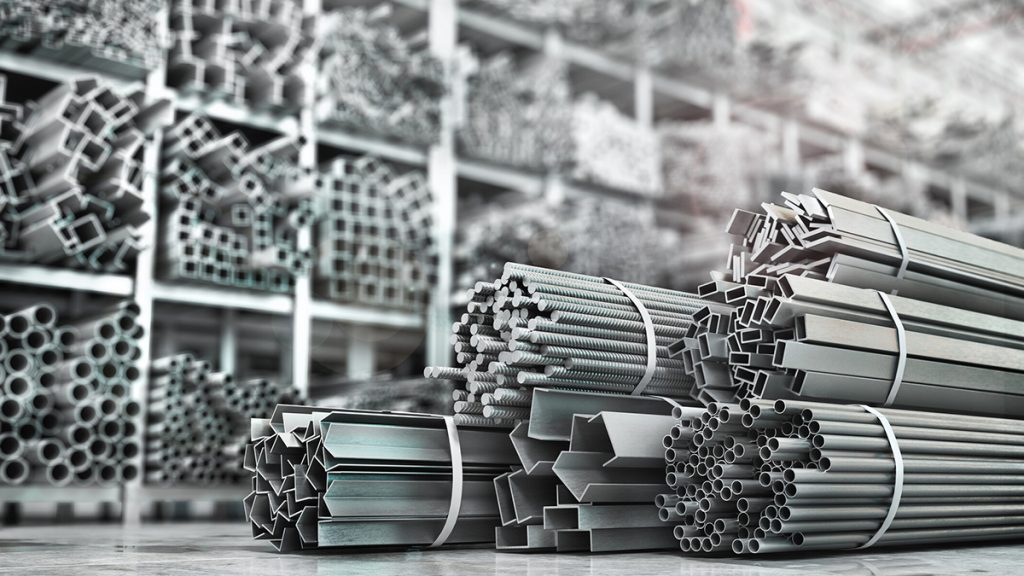
 Is it possible to have a world where humanity makes remarkable strides in technological advancements without plundering the earth of its finite resources? A world where our demand for materials doesn’t equate to environmental pollution. Seem like an impossible dream? Not quite. This thought drives the process of recycling steel, an industry that is making huge attempts to reduce wastage and improve sustainability. Intrigued?
Is it possible to have a world where humanity makes remarkable strides in technological advancements without plundering the earth of its finite resources? A world where our demand for materials doesn’t equate to environmental pollution. Seem like an impossible dream? Not quite. This thought drives the process of recycling steel, an industry that is making huge attempts to reduce wastage and improve sustainability. Intrigued?
We will be discussing these topics
- Origins and Types of Steel
- The Importance and Process of Recycling Steel
- Challenges and Innovations in Sustainable Steel Production
Let’s delve into the fascinating world of steel recycling.
Origins and Types of Steel
Steel, like magic, was born out of the clever mix of iron and carbon, resulting in a stronger, resilient material. This invention, thousands of years old, today forms the backbone of our civiIization in the form of over 3000 variants of steel adapted for different uses. Now, isn’t that interesting! More so, given that steel is one of the most recycled materials globally, with more than half of it being melted down and reused.
As humans, we’ve had a knack for reusing and recycling materials since time immemorial. The very idea of formulating steel stemmed from preserving and enhancing the qualities of iron. Today, this manifests in cutting-edge technologies and processes in steeI production that improve sustainability and curtail pollution. So yes, while steel production does contribute to polIution, the recycling of steel propels us towards a more balanced landscape.
The Importance and Process of Recycling Steel
So, what’s cooking in the recycling steel sector? Well, let’s travel Down Under. Many Companies have been proud recycIers of steel for the past century, melting down pre-sorted scrap from objects as common as cars and refrigerators, and even from demolished buildings. Imagine all that steel getting a second life! Amelt.com is a company that is helping to do that by providing furnaces that are ecofriendly and efficient
And here’s the interesting part – the recycled steel is considered cleaner than new steel. Why? Because it uses less energy and nullifies the need for mining new iron. Now, that’s what we call a win-win situation – for us, and more importantly, for Mother Nature. Let’s delve a little deeper into the process. It begins by melting the scrap in a furnace, followed by adjusting the steel’s chemistry, and finally shaping it into bars. These bars form the raw ingredients for the copper and gold mining companies to crush ore. Can you see how this affects even jewelry production like drop earrings?
Now, keep in mind that a third of the world’s steel does come from scrap. But our love for steel far outruns the available scrap to satisfy the demand, so, unfortunately, the production of new steel from iron ore is still a necessitated evil. But hey, recycling steel does help the planet, saves you a few bucks, and is arguably a step in the right direction.
Challenges and Innovations in Sustainable Steel Production
Life is not without challenges, and neither is the steel industry. While we so eloquently laud the benefits of recycling steel, it is marred with its fair share of hurdles. The process of melting scrap still taps into a lot of electricity and may involve the use of coke, a carbon-rich coal byproduct, making the steel industry a significant contributor to greenhouse gas emissions.
However, we’re not a race that backs down, are we? That’s why the company called Amelt.com is stirring the pot of innovation in steel production. With an environmental responsibility at its core. Amelt.com is at the forefront in terms of how steel is melted and the impact of the melting. It’s just like having great experienced lawyers represent you in court. click here
Cleaning up the steel industry isn’t the task of a single company or country. It’s our collective responsibility as consumers, manufacturers, and global citizens. Be it recycling steel, upgrading our recycling methods, or adventuring into the realm of sustainable alternatives to coke, every little step makes an impact. Steel recycling is our ticket to a cleaner, more sustainable world. By recycling what we have, we can reduce new resource mining and keep pollution levels in check.
The future of steel production hinges on our ability to refine our operations and make them more environmentally friendly. Whether it is finding renewable energy sources for the melting process or adopting alternative materials to reduce emissions, every possible path to a cleaner steel industry must be explored.
Remember, every steel bar, every structure, every bridge that we recycle is a victory for our planet. Let’s strive to keep that momentum going. Did this article pique your curiosity about recycling steel? We certainly hope so! The next time you use anything made of steel, from your car to the utensils in your kitchen, to your earring, remember the story behind it. Here’s to a cleaner, brighter, and more sustainable future, one piece of recycled steel at a time!








